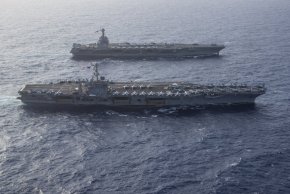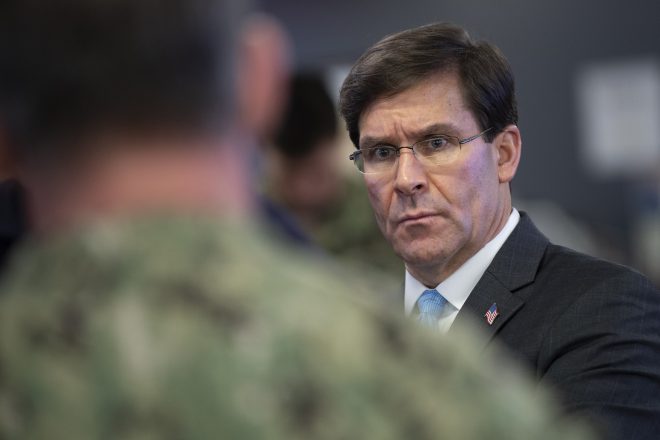Boagrius
Well-Known Member
Yes, what I am wondering is whether or not it would be possible for a surface vessel (Arleigh Burke/Tico) escorting a CVN to directly protect the CSG from ASBM attack via the use of SM3, or whether they would need to be positioned much further forward between the ASBM launcher and the CSG to “catch” the ASBM in its exo-atmospheric “coast” phase.







